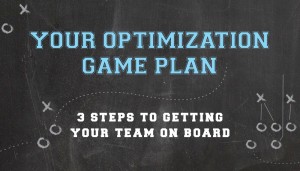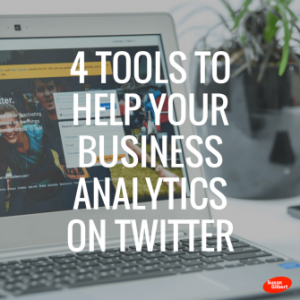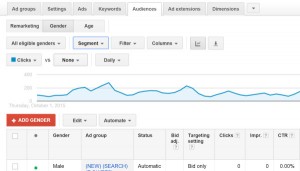Using Artefact’s audience engine, Reckitt improves segmentation and ROI.
“The audience engine is aimed at building a scalable and AI-driven approach to first party data,” said Tristan Silhol, Senior Manager, Consulting for Artefact US, part of the global data services company, at the recent MarTech conference.
He noted that there are specific challenges for CPG brands that have to fuel segmentation and insights with vast amounts of customer data. Doing this at scale has produced a mad scramble for data. To meet the challenge, Reckitt implemented a wholesale digital transformation around data. A UK-based multinational, Reckitt produces health and hygiene products under such recognizable brands as Lysol, Mycil and Durex.
The timing couldn’t have been better. Artefact was just rolling out pilot programs for their audience engine in test markets.
“There’s a measurement issue where audiences that would actually deliver results are not necessarily identified because of a lack of granular and advanced measurement methodologies that report on actual sales, and the reporting is very often on proxies or media KPIs, for example,” Silhol said. “In early 2020, we started kicking off the audience engine with the first few pilot countries and were able to prove the value and develop a methodology and best practices.”
Holistic data solution
Guilherme Amaral, Global Digital Transformation Manager, told the audience at our MarTech conference about how Reckitt didn’t have data consistency across its many countries and brands.
“What we were doing isn’t consistent,” he stated. “We didn’t have specialists taking care of audience, taking care of martech, taking care of measurement.”
An external consultant concluded that Reckitt was below industry standards. This began the two-year transformation journey the company is still refining.
“We wanted to change that, so we started a whole program of digital transformation focused on transforming the way we run digital media campaigns,” said Amaral.
Measurement as a capability
Understanding customers with better data produces better campaigns. A key part of this is developing segments using algorithms.
“We needed measurement as a capability so we don’t depend exclusively on external measurement, as it can be very expensive and slow for tests that you want to run,” said Amaral. When tests are scaled up, so are the insights for campaign performance and reaching the right audiences.
The audience engine was treated within the company as a product, according to Amaral.
“We wanted to run one algorithm, one data set, connected to a couple of media buying platforms,” he explained. “What we did after that was incrementally grow the capability.”
Now the audience engine is live in more than 13 countries and has produced over 100 customized audiences.
Non-PII first-party data
“The engine is based on our data, which is mostly first-party data from website visitors,” said Amaral. “It doesn’t need to be personal identifiable information (PII) in this case. Actually, we’re focused on the non-personal identifiable information more than the PII data at this point in time.”
He added, “It’s actually rather complementary, if you think about it. Leaving this PII, which should be taken care of by the other side of business, and really focus on how you target people that you actually don’t know who they are and still target them.”
The benefits of utilizing this non-PII customer data resonate with a company like Reckitt that controls many large CPG brands. For instance, using the audience engine, Amaral’s data team found a connection to pet owners who bought Air Wick air fresheners.
“Yes, Air Wick is a big brand for the company and if you have consumers coming to your website because they have pets it is probably something that was already a part of the brand strategy that they were being targeted,” said Amaral. “But the way you find these people, in a data-driven way, has changed. We have the algorithm that we built and that combination uniquely will generate an audience that competition will not be able to replicate.”
Using community clustering and other types of segmentation in this way will ultimately drive incremental ROI.
By using the audience engine more, the company has now developed its own benchmarks for how much engagement it needs on its various sites to gain valuable data insights. Currently, they estimate that 30,000 users is the minimum. Knowing this provides an incentive to improve CX on sites to drive more engagement, and data.
View the full presentation from our MarTech conference here (free registration required).
The post How Reckitt gained a competitive advantage with first-party data appeared first on MarTech.
MarTech(76)
Report Post







